Yes, we are one, despite everything you've been told
Lately, some intellectuals have argued that different people live in radically different worlds. The last month has showed me how connected we, the children of Earth, really are.
It’s been a while since I’ve had time to sit down and write something that makes sense to myself—much less others.
Not to be confused with a period of stagnation. The last month has been one of tremendous growth and expansion.
I’ve gone from a mini fieldwork with a family of spiritual guides and Maya midwives in the Guatemalan highlands to the ritz and glamour (not really) of Las Vegas neon, from migrant families to Navajo drummers. It’s been an intense ride on bus, bike, and plane—but one thing became clearer to me than ever: we are not radically different people living in separate worlds. We are all the same, and we share the same Earth.
Before leaving the lush and fertile areas around Lake Atitlán for the dusty desert of the US southwest, I spent a week with a family of Nanas—indigenous leaders, spiritual guides, and midwives—devoted to upholding tradition and sharing ancestral wisdom.
My host, Nana Reina, brought me to the altars scattered across the hillsides, teaching me to connect with spirit through fire and smoke. I’ve learned to pray to Mother Nature, to speak to old trees, and to listen to rocks.
In exchange, I shared my Norwegian mountain coffee ritual. And while she used burning tobacco and I a thermos, we both sought the same thing in nature: beauty, stillness, presence.
The Nanas had travelled too, and concluded that while food and skin color might vary, we are all the same—we inhabit the same Earth.
This might seem obvious, but lately some academics argue that human experiences are so different we may as well live in parallel universes. In some, people speak with rocks and trees; in others, they cannot.
After bidding the Nanas farewell, I boarded a plane to Las Vegas, where I found myself preparing for a very different fire ceremony. With a crew composed of old and new friends—gig-workers in the American festival industry—we drilled 5000 holes in the ground, in the shape of a compass. A symbolic gesture to encourage the participants of the ritual release of some 30.000 Chinese lanterns to reflect on where they are.
Interestingly, the ceremony mirrored the Maya’s insistence on paying attention to the cardinal points, to the sunrise and sunsets, to the guardian ancestors of north, south, east, and west.
Prior to the gig, Dell and Cerissa, whom I’d met a few weeks earlier in Guatemala, equipped me with all the gear we white people use to enter “the wild.” In a week, I biked 600 km through what I soon realized was not the US at all, but the Navajo Nation.
I visited the great parks and monuments of Utah and Arizona, and learned that there, too, people speak with rocks, trees, rivers, and streams. There, too, people seek out nature for stillness and healing.
The insistence on paying attention to the cardinal points was reiterated by the Navajo, who pitched their tipis with the entrance facing sunrise. And although we might attribute different meanings to the rituals we perform, the common symbolism that runs through them all says something about the shared experiences of humanity. Our perspectives may differ, but we inhabit the same world.
My ceremonial robes were different from the Navajo I met: I wore padded Lycra shorts; they carried drums. Regardless, our purpose was similar: to connect to the forces of nature. To marvel at the beauty of Gaia.
And lo and behold, as I pressed my ear to the barren rocks of the Sonoran desert, as I prayed to Mother Earth and invoked the spirits of ancestors, rivers, and canyons, she spoke back.
Not through crisp words, but subtle cues and inner knowing: I am here with you. I am your home, your temple, your guide.
And when I least expected it, she showed me her face.
Thank you Pacha Mama. Maltiox Ajaw, maltiox.
No matter where we come from, Earth is our common teacher. The question is: how do we choose to listen?


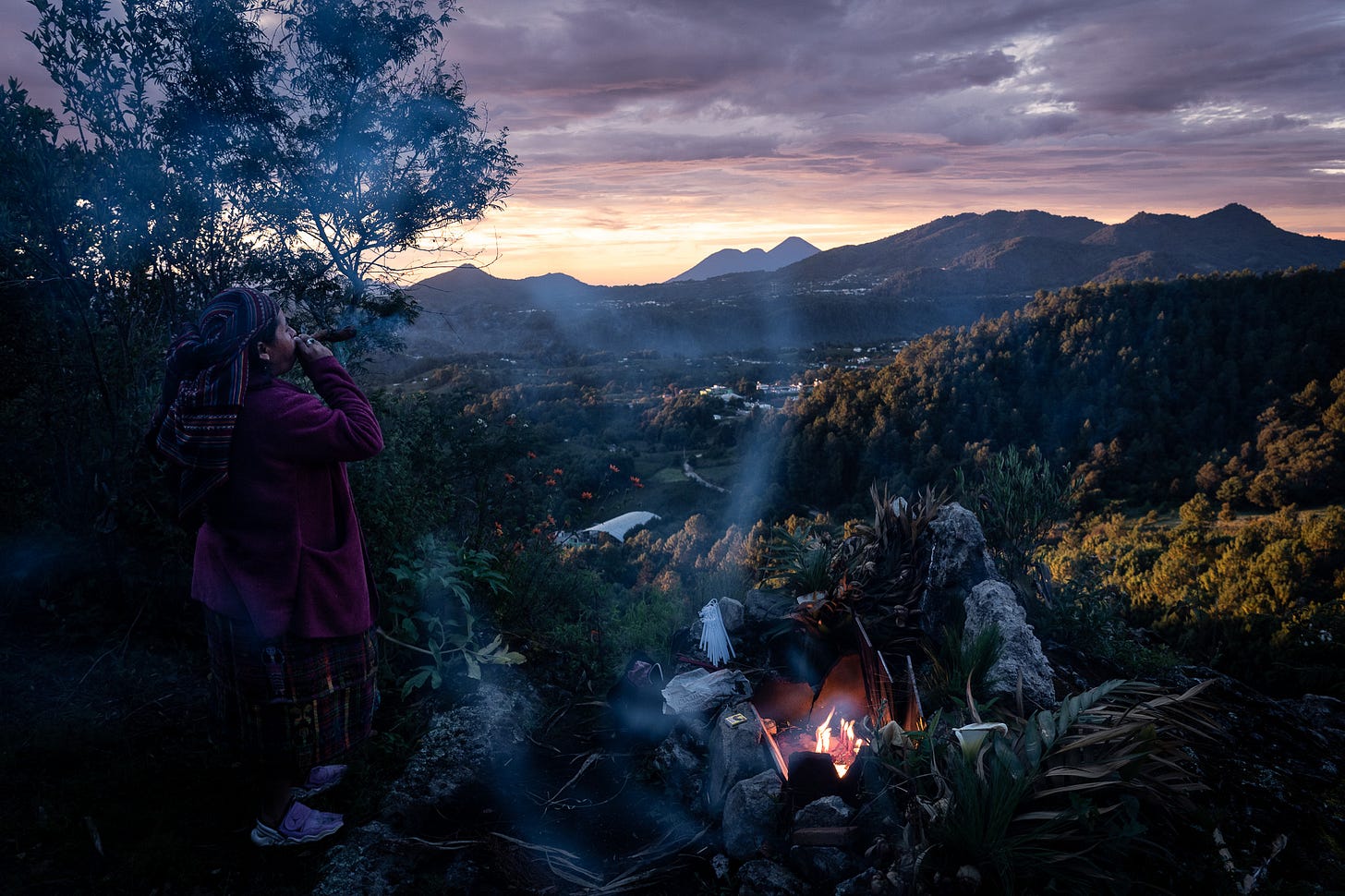
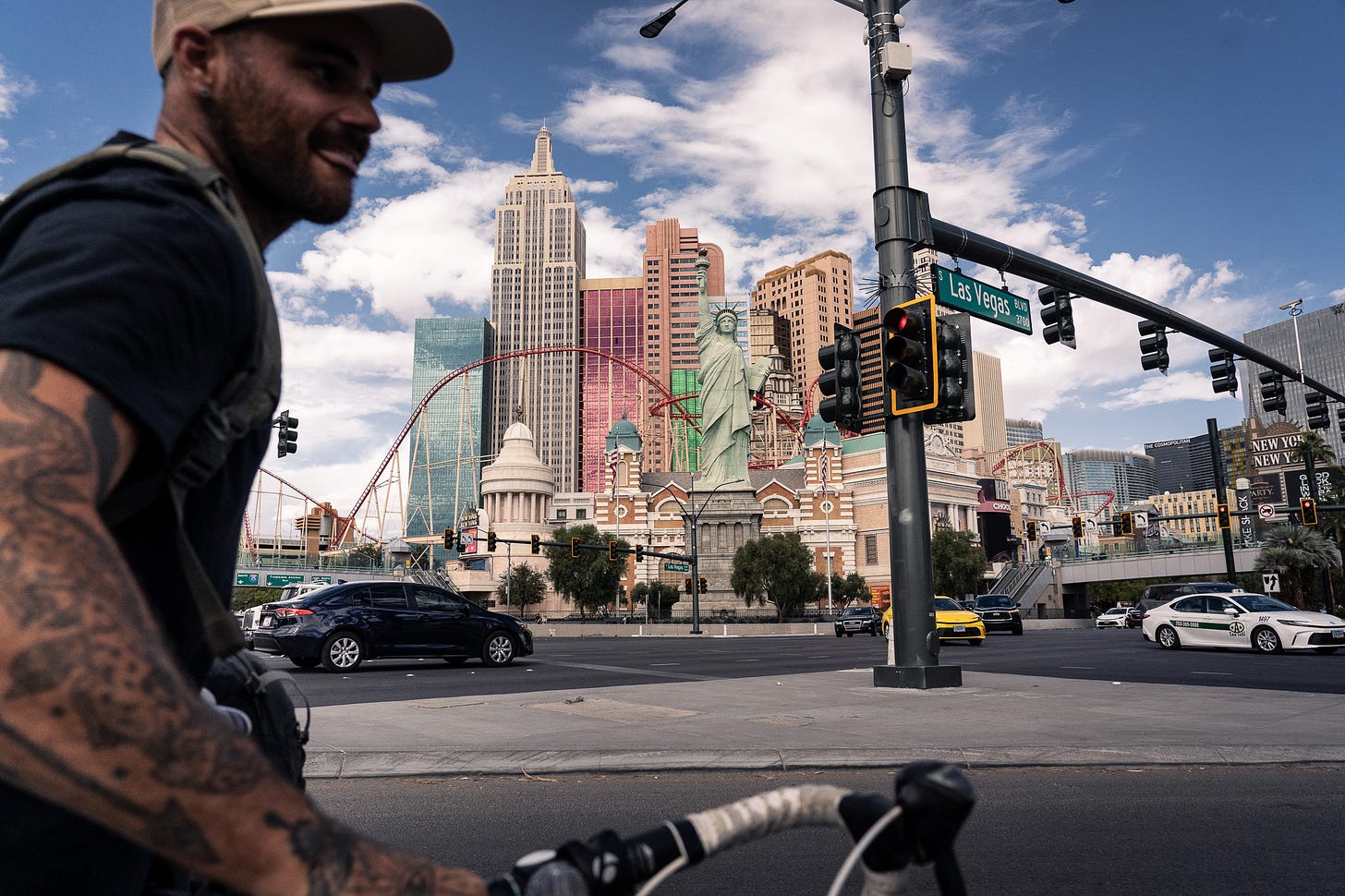
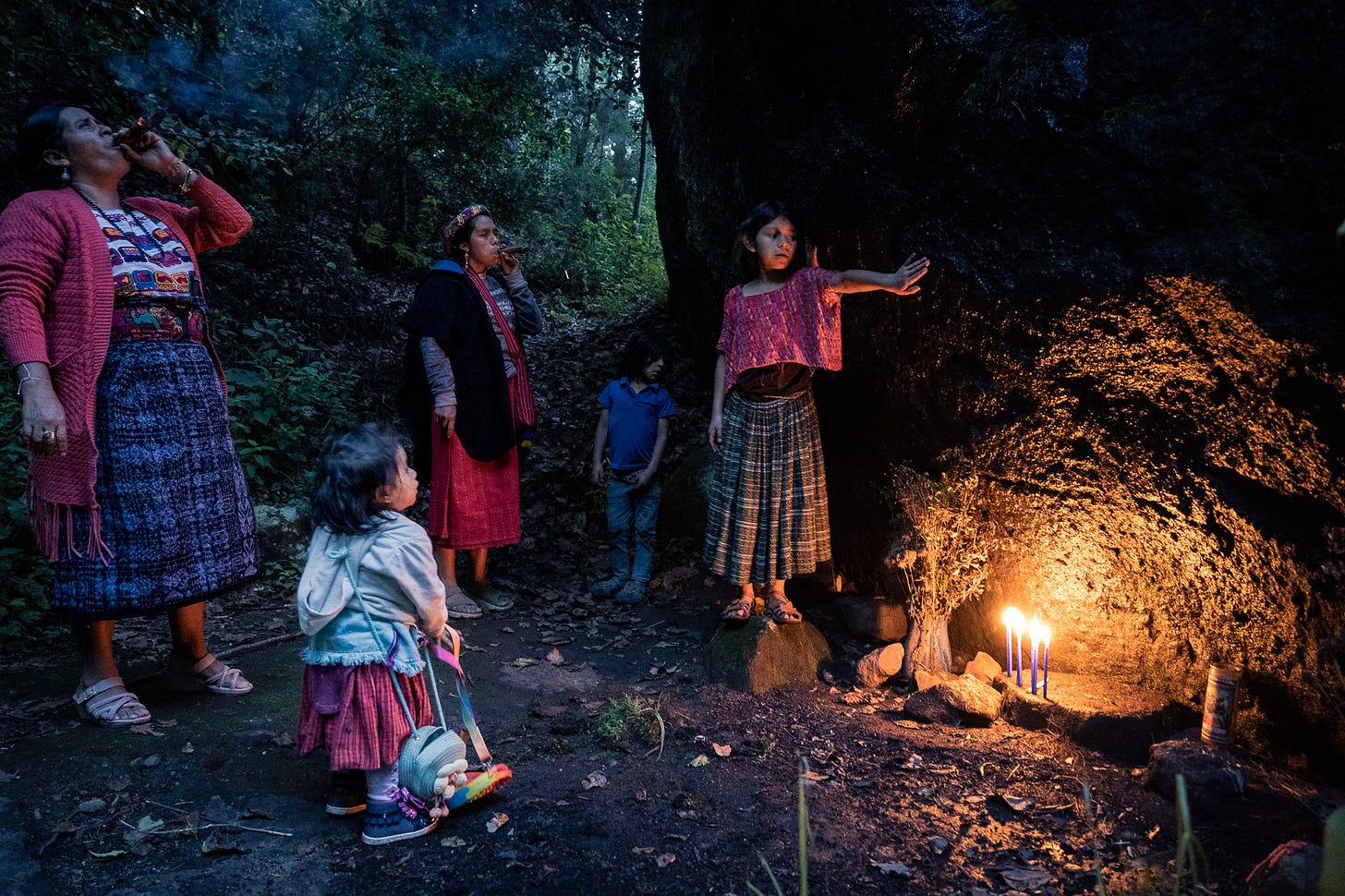
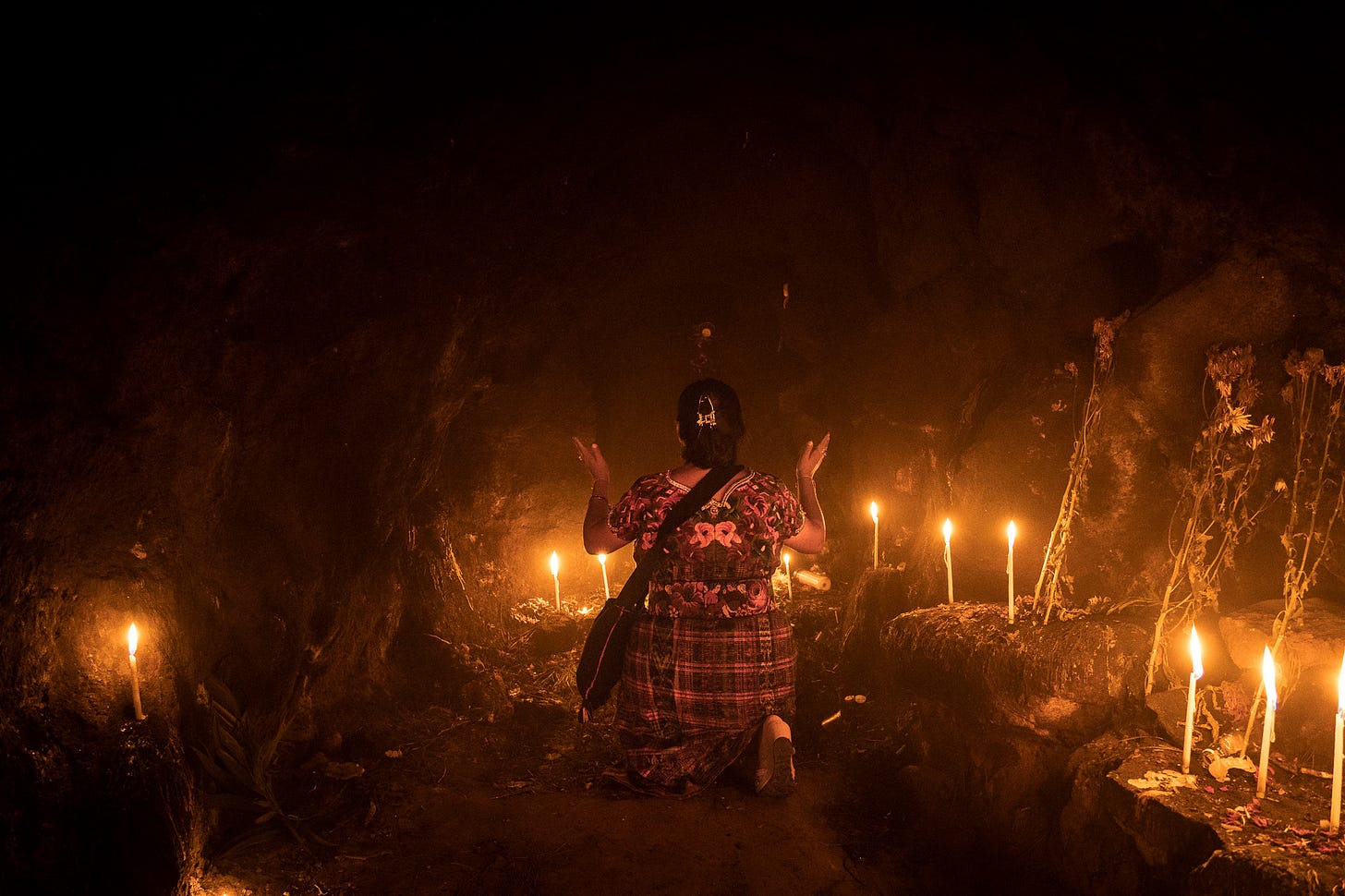
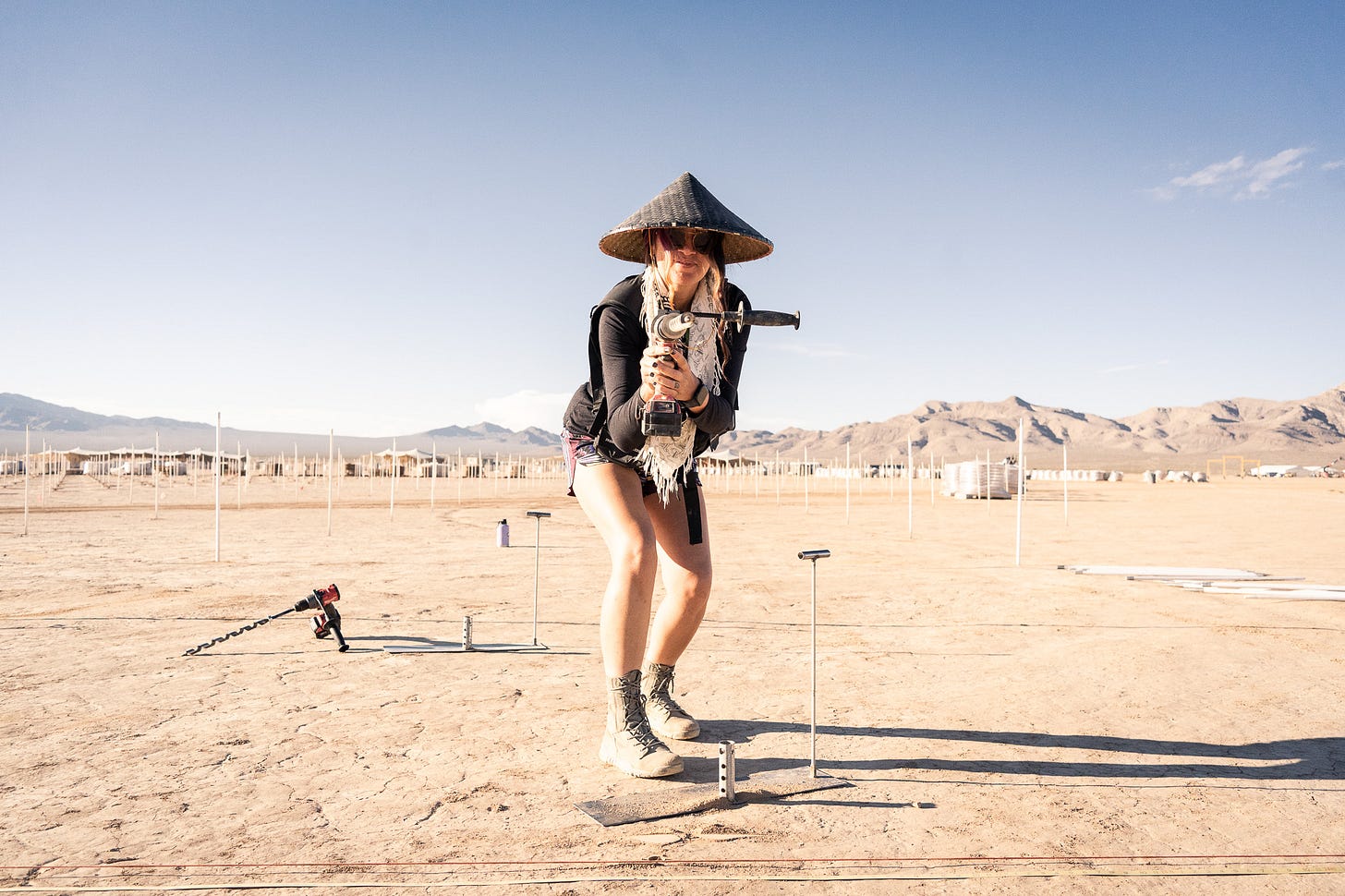
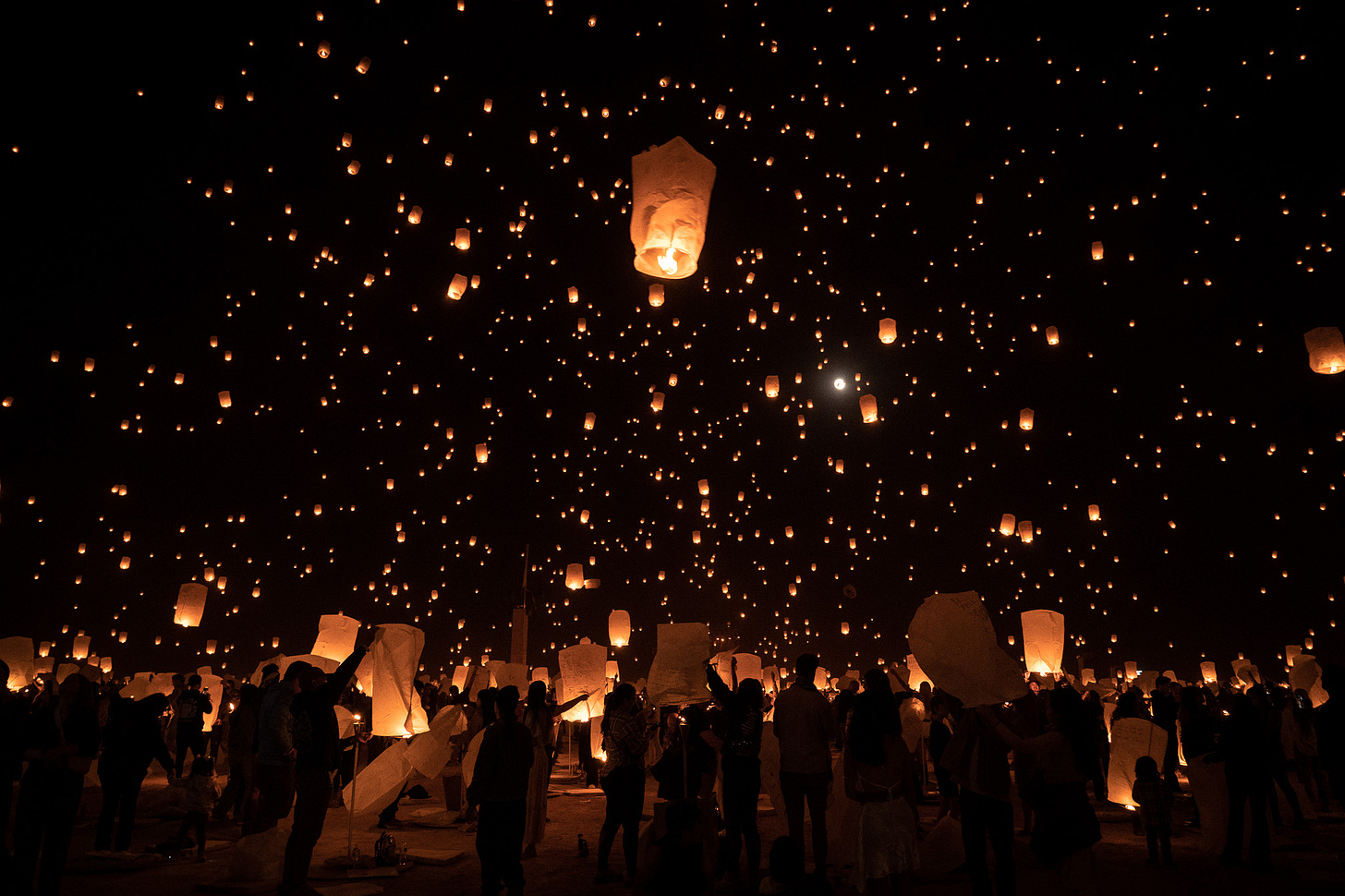
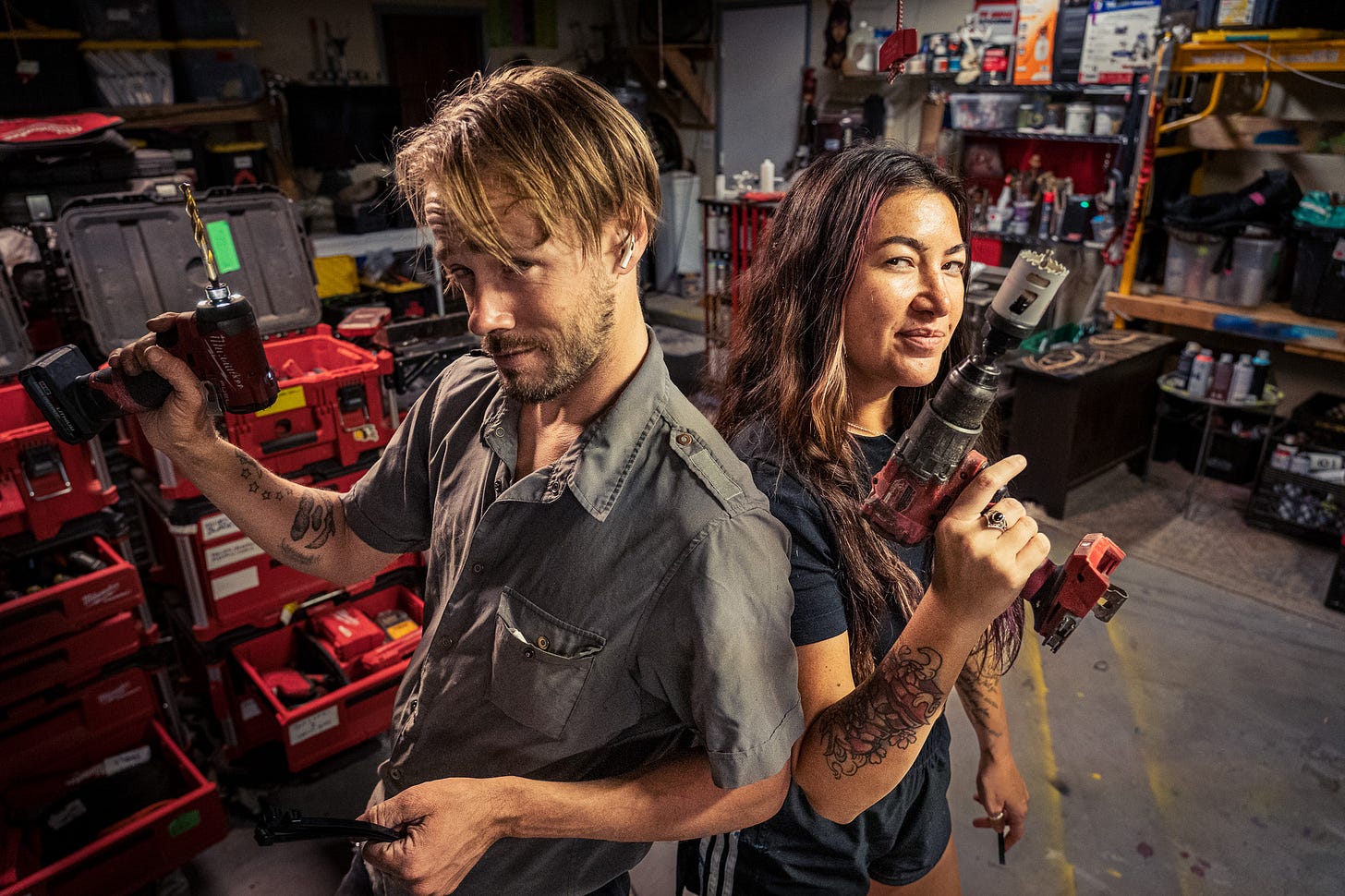
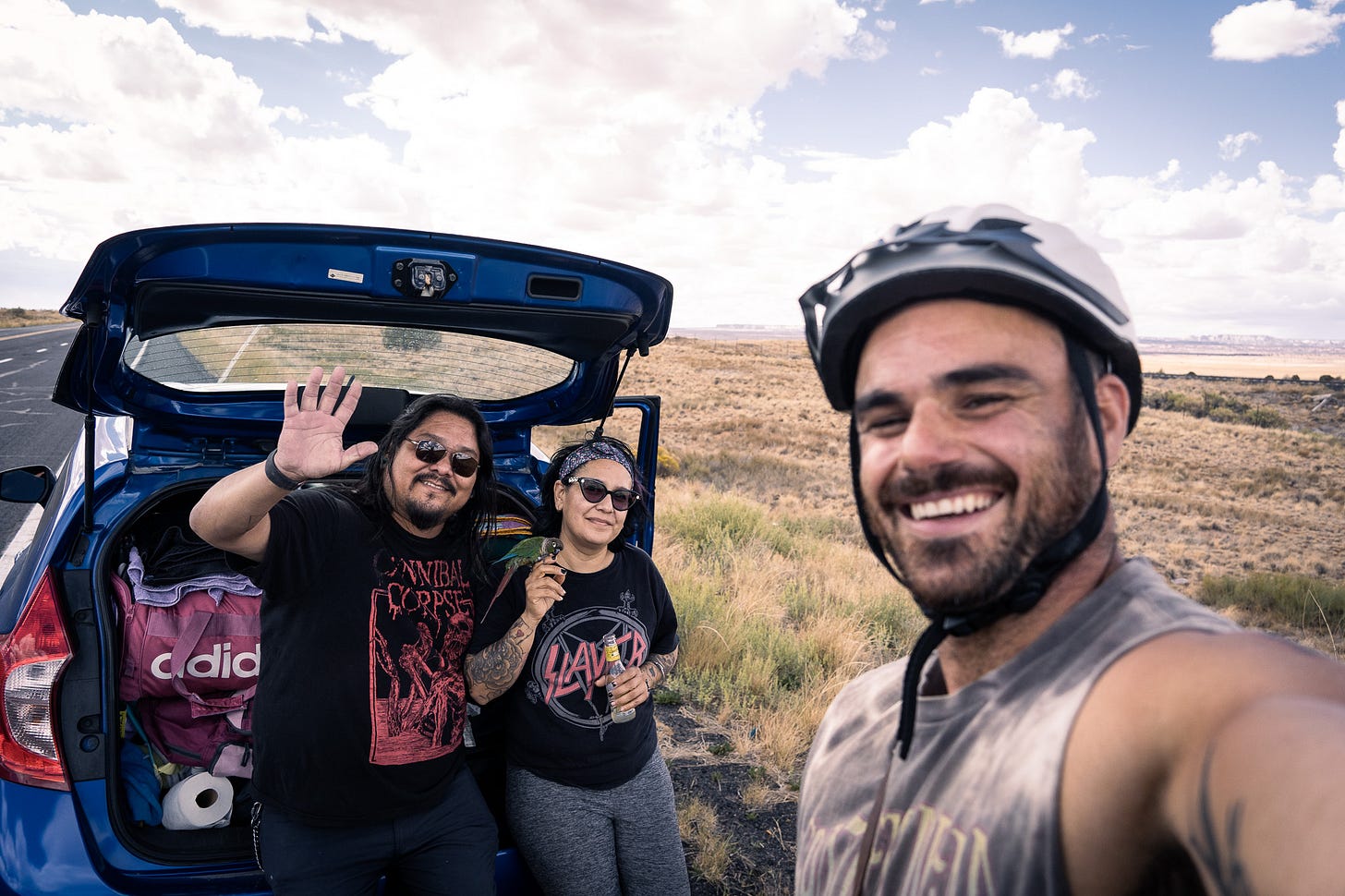
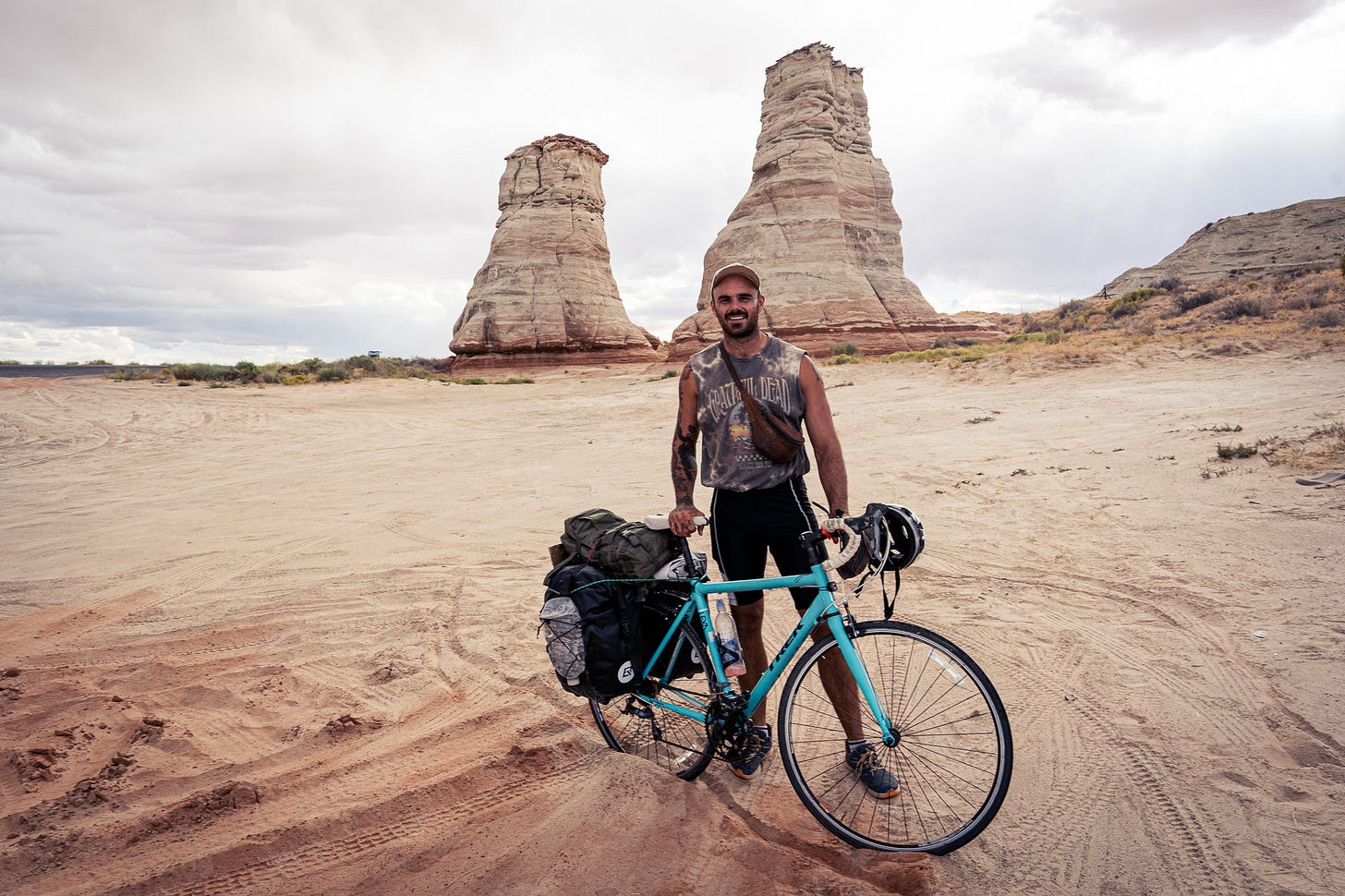
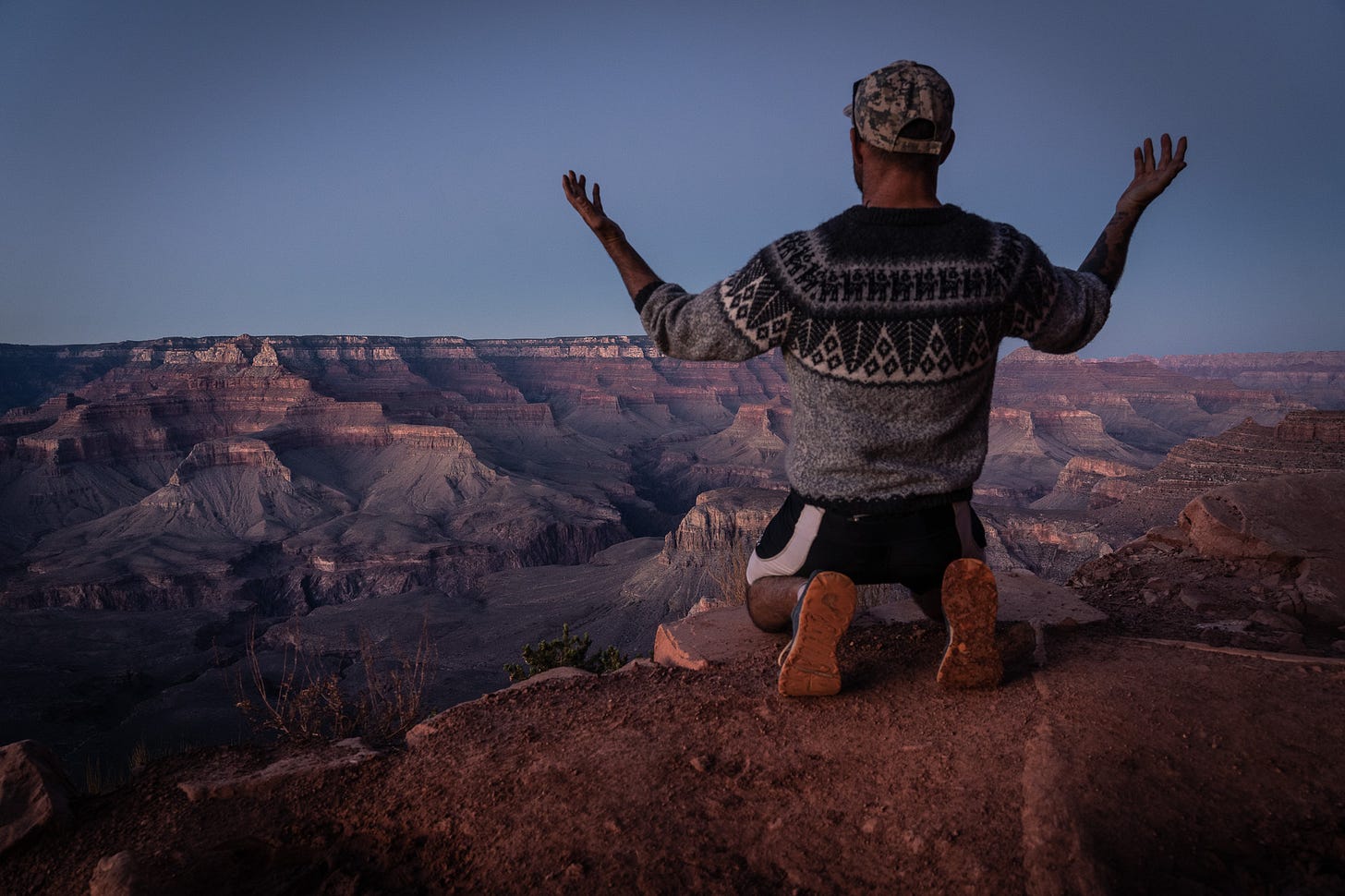
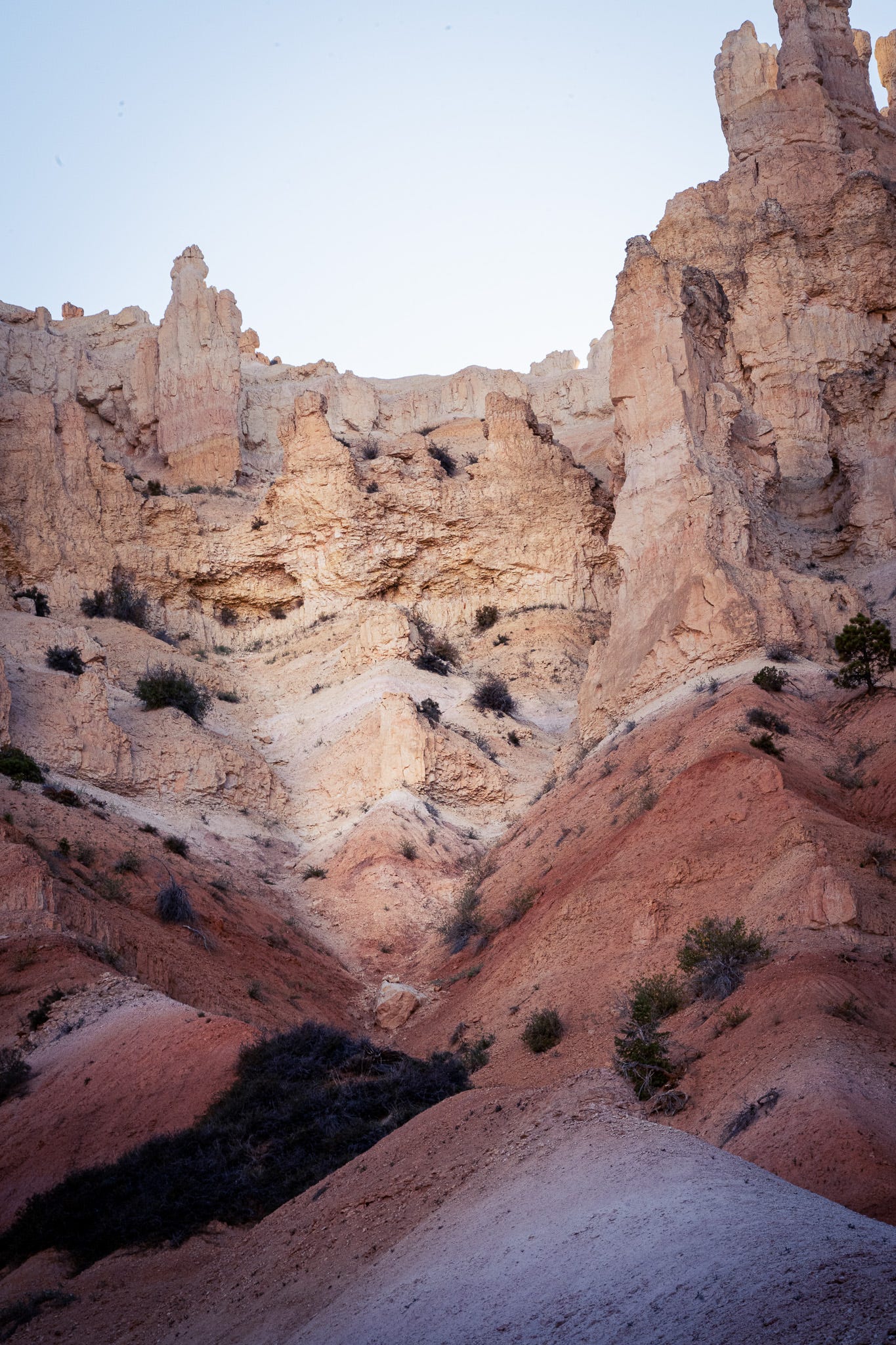
Gracias Pacha Mama